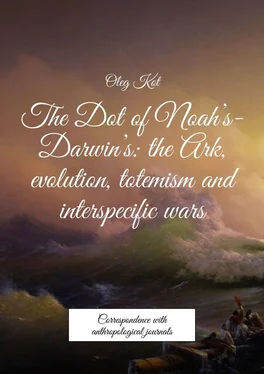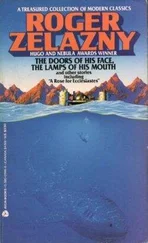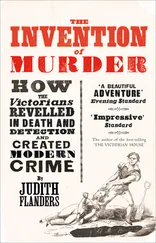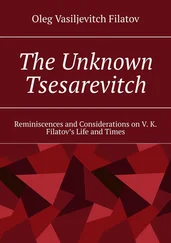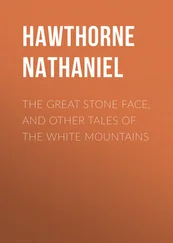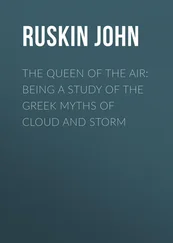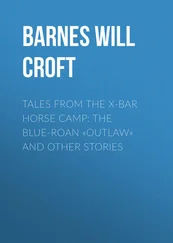This trauma intensified and deepened amid the gluttony of the Neanderthal family, which could well have left the planet without fauna. Following such traumatic events, posttraumatic stress disorder may develop. The first to draw attention to the role of neuroses in the emergence of totemism the father of psychoanalysis Freud. He felt that the nature of this phenomenon was intertwined with a string of stresses and a whole series of conflicts. But, unfortunately, the right premise led to depressing conclusions about the role of the libido. In the final analysis, he interpreted it as the hatred of sons to their father (Freud [1913] 2005, pp. 225—228).
Evidence of this “unexplained” hatred has become very strange intentional burials of Neanderthals. They have seven main differences from burials Cro-Magnons.
I. Burials of Neanderthals are found in caves, grottoes or canopies of caves. Cro-Magnons was buried anywhere. The correlation of 120 to 2 (Alekshin 1995b, p. 26).
II. Depth of burial from 20 to 40 centimeters. From above the corpse was covered with limestone slabs.
III. Most often, Neanderthals corpses are found in the position of an embryo. To achieve such an effect, the corpses was tied up.
IV. It was established that the bone skeletons underwent deliberate dismemberment. “At the end of article the author draws the attention of the reader and to the works of H. Ullrih’s who is fixedly studying everything to him available debris and splinters of bones including from Krapina (Ullrich, 2004), and in particular the child’s bones from Teshik-Tash (Ullrich, 1954). Somehow in a private conversation with the author H. Ullrich told the following: on bones of this child there are also traces of teeth of a small predator, there are also traces of tools of archeologists, but the main traces, are traces of deliberate partition of a body before his burial” (Smirnov 2012, p. 68).
V. Deepening for the skeleton always settle down in the same cultural layer where fragments of flint and bones of animals find. Where they butchered food, there and dug shallow pits. The zone of “Kitchen”, if you can say so. Incisions, bone fractures, cleaning them from muscle tissue speak in favor of cannibalism (Rozzi at al. 2009, p. 153; Krause at al. 2016; Garralda at al. 2014, p. 99). “Anthropological studies of the last twenty years have revealed on the bones of Neanderthals traces of silicon implements, indicating the posthumous manipulations with their corpses: dismemberment and removal of soft tissues from bones (Czarnetzki 1977; Le Mort 1988, 1989; Russel 1987; Ullrich 1986). According to G. Ulrich, the oldest funeral rite evolved from the dismembered graves of the early Mousterian to undivided burials that appeared at the end of the Middle Paleolithic (Ullrich 1986). In this way, the discoveries of anthropologists emphasized the originality of the Mousterian funeral rite”(Alekshin 1995a, p. 188).
VI. Most often Neanderthals put a skeleton or a body of one person in the dug hole.
VII. In the graves of Neanderthals there are no things, stone and bone tools, as well as ornaments. Bodies are often mixed with or placed in the debris of the cultural layer. In the Cro-Magnons burials can meet different options of things from the funeral ritual. The Neanderthal doesn’t have those things. On the contrary, the occasional forgotten tool for separating the meat from the bones. Three scraper in the grave of an infant La Ferrassie V.
Conclusion. Such burials were forced and arose as a result of extreme situations. For example, because of the long siege of the cave could come a severe famine, hence the peeled skeletons. Cro-Magnons could purposefully starve one to death the Neanderthal’s neighbors, forcing them to eat the corpses of their tribesmen.
Gough’s Cave, 14700 years before our time. Representatives of the Madeleine culture have leaded to cannibalism to perfection. From the skulls eaten people made ritual bowls, the bones were covered with ornaments and used as tools of labor. There are practically no burials (Bello at al. 2015, p. 170).
The theme of cave painting Cro-Magnons – a joyful messages about the liberation of animals from the Neanderthal man’s devourer, a hymn to the ark, on which the ideology of the new world arose. Today, the walls and ceilings of 170 caves of France and 120 in Spain testify only to this, the brightest of which is Chauvet-Pont-d’Arc Cave – the age of 38 thousand years. The grand extermination of the whole living by a flood forced the person to paint animals tens of thousands of years after the disaster. And if they are few in nature, then a lot on the walls. This feature of primitive painting – to exaggerate the number of animals no one notes, not even understanding, why only animals were portrayed, and not man.
Cave complexes are not accidentally chosen for similar images – the walls of the halls are filled with characters, which in meaning are in the same spatial and temporal connections as animals from the Ark decks. Therefore, critics note that in these drawings there is no graphic unity. There is no connection between the individual figures or it is insignificant. Often there are incomplete images or extra pairs of eyes, legs. There is no question of any compositions united by a common idea or meaning, except for single exceptions. In images, the vertical-horizontal system of spatial coordinates that we are familiar with may not be present. Most often, animals are drawn in profile, they are extremely rare in the full-face. To this is added the absence of restriction of the pictorial field by any artificial framework. Figures and series of figures can be of various sizes, which only confirms their independence. The concept of symmetry is absent. The very strong emotional fullness of images is underlined. There is no rigid standardization, established canons in images. All that Dmitrieva could summarize on the studies of the Paleolithic caves (Dmitrieva 2014, pp. 312—314, p. 316, p. 318), easily fits into the definition of totemism by Goldenweiser. Before us is a live reflection of “association with objects and symbols of emotional meaning”. On the walls of caves of the Paleolithic man draws by coal rod the Association, which today is absolutely incomprehensible to us, since any closed system like the Ark “eludes all effort at absolute definition” and therefore causes laughter.
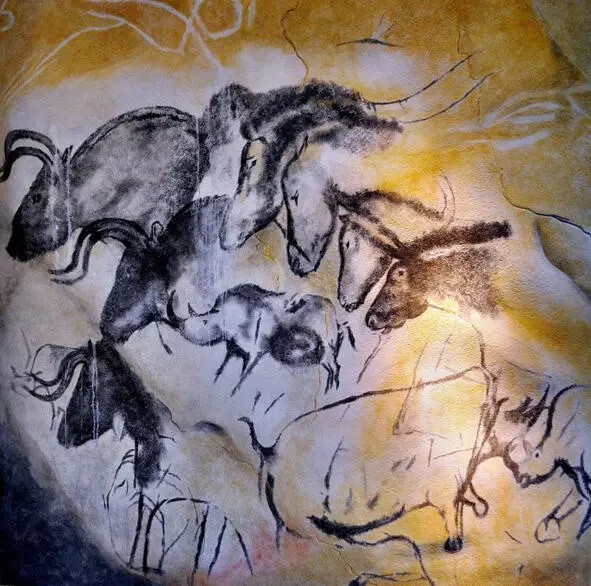
Chauvet Cave. Horses, Bison and Rhinos.
Particular cases of PTSD.
3.9. PTSD-2. After the flood the vegetarians of Noah’s family receive a command from God to eating the animals of the Ark. So arising the precedent for a new syndrome (Genesis 9, 2—7).
The consequences of Noah’s treatment of excessive attachment to animals describes the book of Genesis (Genesis 9, 20—27). In the language of psychology such sad events have received the name of substitution , and in the further displacement as an option of psychological protection from the cure which in the form of behest is given to Noah’s family. Nobody does not want to eat flesh of favourite animals and birds. The soul of Noah’s rises against forced treatment. The Patriarch gets drunk and ready to damned God Himself for the unbearable hardships of life.

Drunkenness of Noah, 1515. Author: Giovanni Bellini – Art Renewal Center.
Despite the inhuman conditions of existence, the man of the Wurm era was predominantly vegetarian. This is evidenced by researches (Hockett and Haws 2005, p. 21; Zaatari at al. 2016). They again and again confirm – on earth there was an insignificant number of animals. Neanderthals quite often fell into stomachs of Noah’s descendants, but this topic is being boycotted by historians and archaeologists because of fear of losing their jobs (McKie 2009).
Читать дальше
